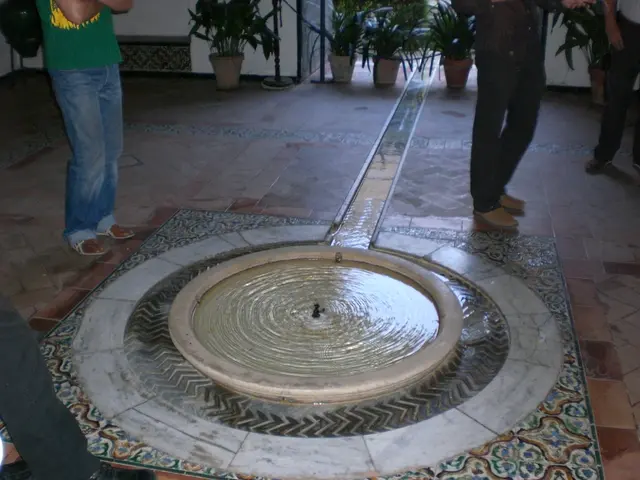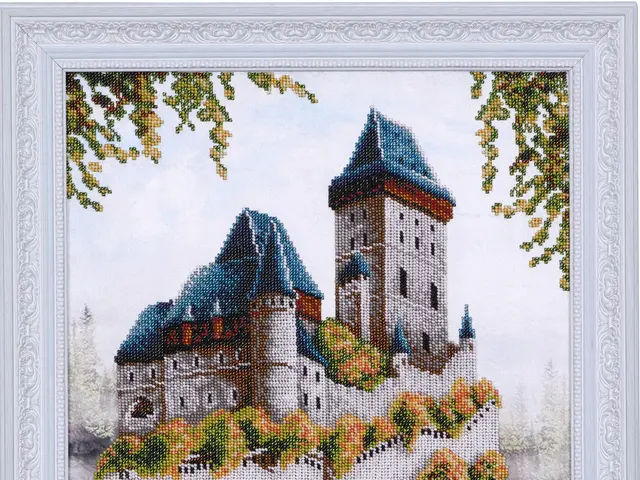Dracaena Light Needs: Maximizing Growth through Proper Light Exposure
In the world of indoor gardening, the Dracaena plant is a popular choice due to its hardiness and attractive foliage. To ensure your Dracaena thrives, here are some key guidelines for lighting requirements and ideal lighting conditions.
Dracaena plants prefer **bright, indirect sunlight**. This means placing them near a window where they receive filtered light but are protected from direct sun rays, which can scorch their leaves. They can tolerate and adapt to lower light conditions, but growth will slow down and the plant may become leggy or lose vibrant coloration. Direct exposure to harsh, full sun—especially afternoon sun—should be avoided since it can cause leaf burn and damage.
Ideal indoor spots are bright rooms where sunlight is diffused, avoiding direct glare. Medium light areas also work but the plant’s leaf colors may be less vivid. Keep the plants away from cold drafts or heat sources to maintain stable temperature conditions.
When planted outside in suitable USDA zones (10-11), Dracaena prefers partial shade or dappled sunlight, such as shaded areas under trees, rather than full sun exposure.
For rooms with low light, use artificial lighting to supplement. Aim for 2,000 lux or 200 foot-candles to keep the plant happy. A sheer curtain over a sunny window can create the desired effect of bright, filtered light.
Rotating your Dracaena every week or so helps all sides get uniform light. It's also important to adjust the light for Dracaena plants during winter, as natural light changes. Keep an eye on your Dracaena and adjust its position if necessary.
When it comes to specific Dracaena varieties, Dracaena Fragrans and Dracaena Deremensis prefer moderate to bright indirect light. Dracaena Marginata and Dracaena Reflexa do best in bright, filtered light. Dracaena Sanderiana, or Lucky Bamboo, doesn't mind lower light conditions.
Yellowing leaves on Dracaena indicate too much sun. If yellowing leaves are observed, it's a sign the plant is getting too much direct sunlight, move it further from windows that receive strong light. Pale leaves on Dracaena indicate not enough light, while brown tips on Dracaena leaves could mean too much direct light.
When repotting or propagating new plants, keep the lighting needs in mind. Dracaena plants prefer well-draining soil mixed with perlite for the best results. And remember, Dracaena is toxic to pets, so keep them out of reach of dogs and cats.
By following these guidelines, you'll be well on your way to nurturing a healthy, vibrant Dracaena plant that adds beauty to your indoor space. Happy gardening!
A Dracaena plant, popular for home-and-garden enthusiasts who appreciate its lifestyle-enhancing properties, thrives best in bright, indirect sunlight, preferably in rooms where sunlight is diffused and direct glare is avoided. In rooms with low light, artificial lighting can supplement to maintain 2,000 lux or 200 foot-candles, mimicking the desired effect of bright, filtered light.







